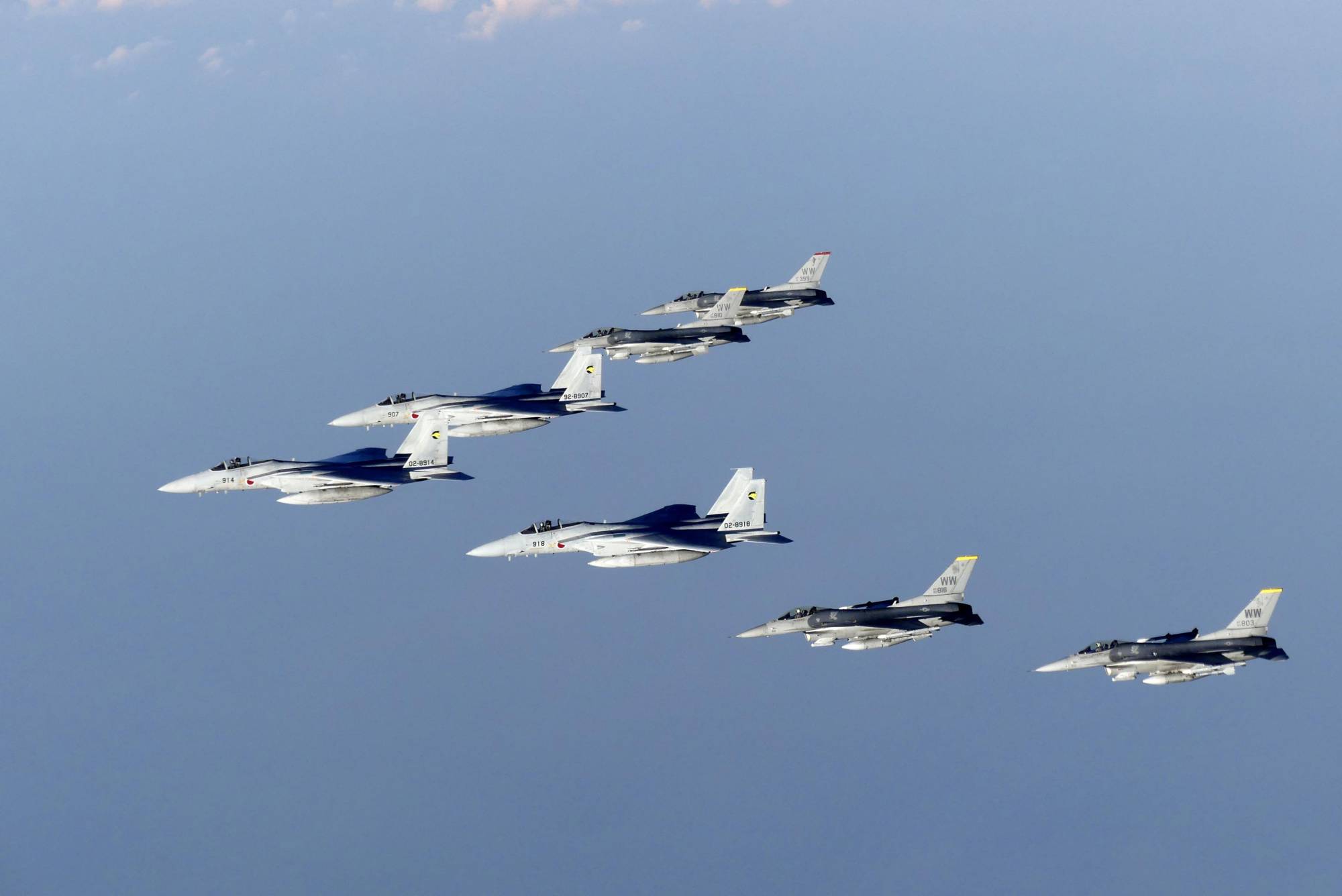Japan Rolls Out New Defense Policy

Japanese leaders have seen mounting threats from China, North Korea, and Russia. They have responded with what they call a “major shift” in defense policy. The new strategy does away with decades of precedent to acquire counter-strike capabilities.
Government officials approved on Friday three documents laying out the new policies. Prime Minister Kishida Fumio said current capabilities governing Japan’s Self Defense Forces are “insufficient.”
Kishida said, “Missile technology is rapidly improving. There is also the possibility of attacks where many missiles are launched at the same time. Given all this, counterstrike capabilities that would work as a deterrence are absolutely necessary.”
Kishida said the government will increase defense spending to about 2 percent of GDP by fiscal year 2027. That would bring the total to 43 trillion yen, or about 315 billion dollars. He said the money will come from tax increases to be imposed in 2024 or later.
US National Security Advisor Jake Sullivan said in a statement that the shift represents a “bold and historic step” from one of his country’s closest allies. He said it will help the Indo-Pacific region achieve “lasting peace, stability and prosperity.”
Jeffrey Hornung, a political analyst at the Rand Corporation, points out that a larger Japanese role would take pressure off of US forces.
Hornung said, “We’ve lost that dominance and superiority that maybe we had 20 years ago. So Japan signaling a more active engagement with the region and having more capable assets in which to do it really helps the United States.”
The new policy documents describe China as Japan’s “biggest strategic challenge.” That drew an angry reaction from Beijing on Friday. Chinese officials said the policy “ignores” reality. They accused Japanese leaders of hyping an imaginary “China threat” as an excuse for a military buildup. They say the effort is doomed to fail.


























